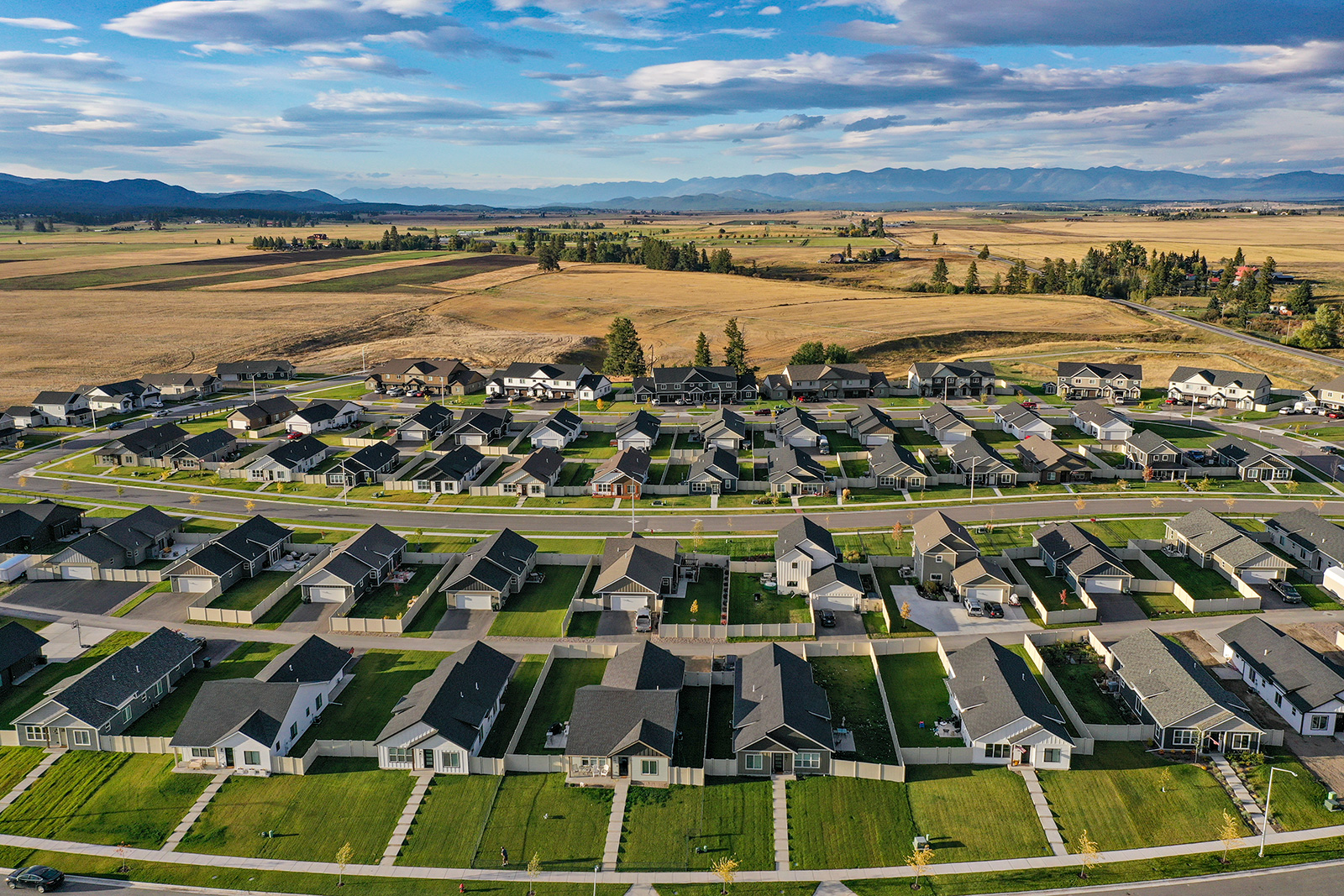Regulatory Reform is Top Priority of Governor’s Housing Task Force
The preliminary draft released last week focuses on deregulation to make housing “more affordable and attainable;” final draft will be submitted to Gov. Greg Gianforte on Oct. 15
By Maggie Dresser
Before the 2023 legislative session kicks off in January, the governor’s Housing Task Force last week released its preliminary draft that strategizes ways to solve the statewide housing crisis to make housing “more affordable and attainable.”
The 26-member task force, which includes legislators, leaders from state and local agencies, realtors and nonprofit directors, made recommendations to reform regulations, increase housing supply, create incentives for regulatory reform and invest in “government efficiency.”
Members of the task force in Flathead and Lake counties included Glacier Bank Market President Mike Smith, Republican Sen. Greg Hertz of Polson and ShelterWF President and CEO Nathan Dugan.
According to October Montana Regional MLS data, the median sales price for homes in Flathead County is $592,000 while the median sales price for Whitefish is $840,000.
Leaders of the task force identified regulatory reform as the top priority to address the housing crisis, which includes streamlining permits, reducing zoning barriers and “restoring rights of landowners.”
For example, zoning in many cities prohibits the construction of accessory dwelling units (ADU) on single-family residential lots. The task force recommends that state representatives could bring forth legislation to eliminate local bans on ADUs to encourage additional housing and promote intergenerational living.
Last year, the Kalispell City Council approved an ordinance to allow ADUs in certain zoning districts to promote more housing opportunities; however, they are not permitted city-wide.
To encourage regulatory reform, leaders suggest that the state creates incentives for local governments, like housing tax credits and infrastructure grants, to remove barriers. Criteria including conditional use permits and requirements like setbacks, minimum lot sizes and height limits would be eliminated under the suggested legislation.
In addition to deregulating zoning districts within municipalities, the task force suggests that the state invests in sewer and water infrastructure to maximize density and infill.
As property owners continue to transform homes into short-term rentals (STRs) in gateway communities like Whitefish and throughout the state, which takes long-term rentals off the market, the task force suggests creating a reporting program to publish revenues. The program would stop short of restricting STRs.
“Better information about the number and distribution of STRs will disambiguate communities where STRs are significantly contributing to local workforce and community housing shortages versus communities where STRs are merely a politically expedient boogeyman,” the report says. “Available evidence suggests that short term rentals are a substantial issue in many of Montana’s gateway communities.”
Last year, the City of Whitefish passed an ordinance that requires rentals of 30 to 90 days to be in zones classified as resort residential while also adding more requirements to STRs including registration, increased fire inspections and advertising.
According to AirDNA and Whitefish Convention and Visitors Bureau data, there were 1,324 active STR listings in Whitefish between July 27 and Aug. 24 of 2022.
As one of two Flathead County members on the task force, ShelterWF co-founder Nathan Dugan suggested funneling some of the $1.7 billion state revenue surplus toward housing at a Sept. 28 task force meeting; however, the surplus was not mentioned in the published report.
“The state has a large surplus, and I would like to see some of that money potentially going to create financial products,” Dugan said.
“I offer dissent to the blanket property tax relief,” he added. “There are a lot of people, myself included, that don’t need property tax relief. That should be targeted to people who actually need it.”
Gov. Greg Gianforte announced the task force in July to identify strategies “to increase the supply of affordable, attainable workforce housing.”
The task force is scheduled to finalize the report by Oct. 15. To provide public comment, visit www.deq.mt.gov/about/housing-task-force.